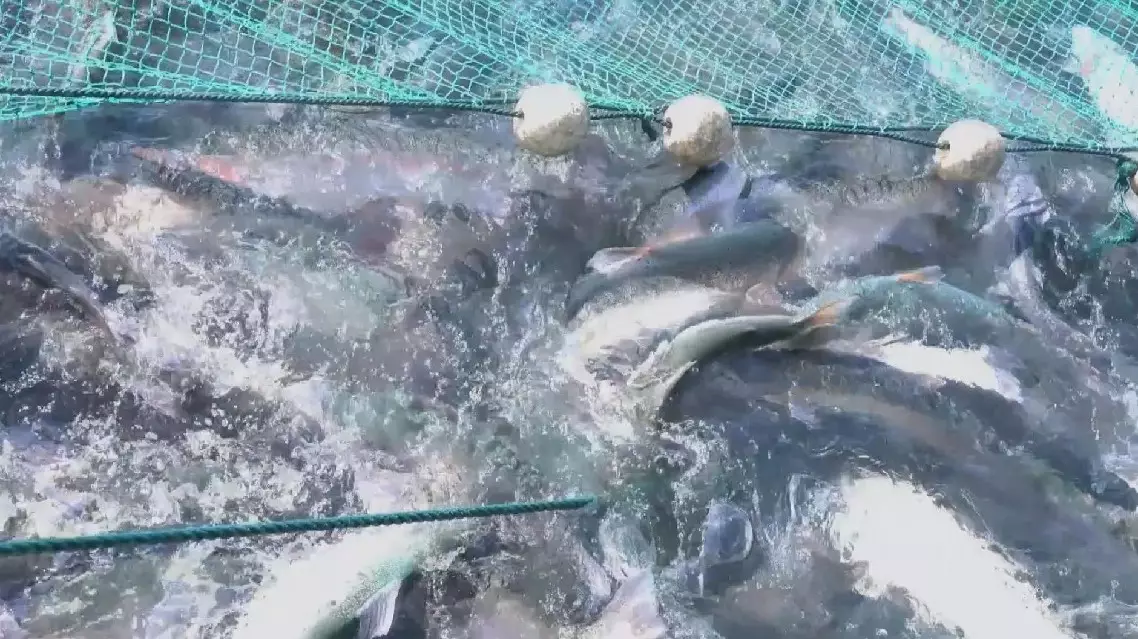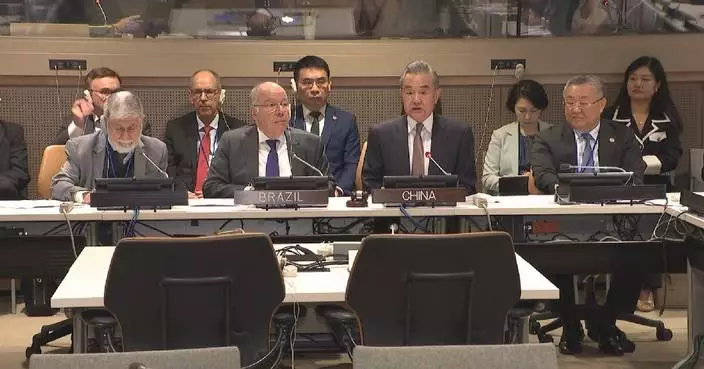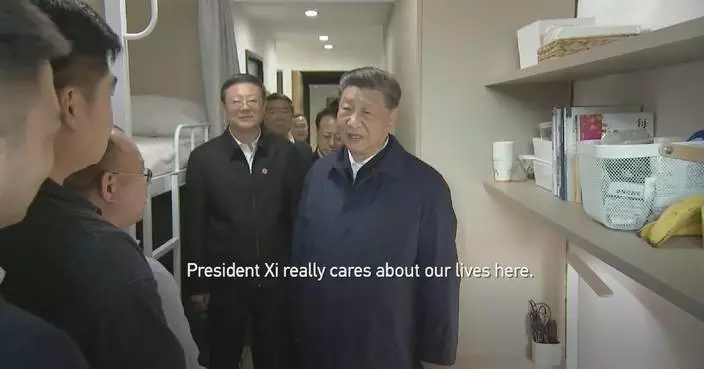Aquaculture is seeing rapid development in northwest China's Xinjiang Uygur Autonomous Region, as the landlocked region has tapped its potential and optimized local resources.
At a salmon farm in Xinjiang's Nilka County, its pure, cool and oxygen-rich meltwater from the Tianshan Mountains has provided a great natural condition for the growth of salmons.
Solid net cages with a diameter of 51 meters and a depth of 25 meters are the home for salmons. They are not only large, environmentally-friendly, but also quite smart, since they can collect waste, feed salmons automatically, and have a semi-closed circulating water system.
Salmons are pumped up through tubes before being frozen to ensure they are fresh. Then they will be delivered to processing plants in the shortest time possible, where they are processed into various kinds of salmon products through automatic production lines.
In Aksu City, a whiteleg shrimp farm has been set up on a previously alkali soil.
After being introduced from south China's Hainan Province, shrimp seeds are firstly grown in desalination tanks. The salinity of water will be gradually reduced by adding more and more fresh water. With this measure, the shrimp seeds are getting used to the local environment. Later, they can be put into large pond for aquaculture.
"So far, the growth cycle of this year's shrimps is 100 days. Currently, the body length of each shrimp is 12 cm to 13 cm, weighing 16g to 18g," said Zhou Jingsen, head of a local shrimp farm.
By tapping into local water resources, Xinjiang not only helps locals increase incomes through aquaculture, but also offers more options to satisfy people's taste buds.

Landlocked Xinjiang develops aquaculture with local advantages, resources









